A lot has changed since the 1970s. This crucial decade was a big one for change. During this time, many minority groups were pushing for more legal rights and rebelling. Although semi-popular during the ’70s, many of these items and trends were still looked down on.
For instance, during the 1970s, we saw an increase in punk rock music and aesthetics. This was especially seen in music. Music during the 1970s was heavily influenced by modern events. You can see this in many funk, pop, punk, and country songs. Some of the best songs of this decade include “Killing Me Softly,” “Stayin’ Alive,” and “I Will Survive.” These uplifting and emotional songs are perfect examples of the 1970s, when so many icons ruled the time. (After you’re done with this article, check out the biggest icons of the 1970s.)
During the ’70s, countless movements were underway. During the late 1960s and throughout the ’70s, LGBTQ+ folks and allies fought for more rights. In the same decade, second-wave feminism took over. Women in the U.S. wanted more autonomy, equal pay and opportunities, and protection against discrimination. A lot of young adults were also focused on antiwar movements, specifically towards the Vietnam War. A lot of these movements inspired the counterculture movement, also known as the hippie era.
So, what was considered rebellious during a decade where rebellions were everywhere? To curate this list of 28 things that were considered rebellious 50 years ago, we focused on the 1970s. We used sources like History.com, the New York Post, and the Manhattan Institute. The items on this list were used during the 1970s but considered rebellious. Now, barely anyone bats an eye at these objects/accessories.
Leather Jackets
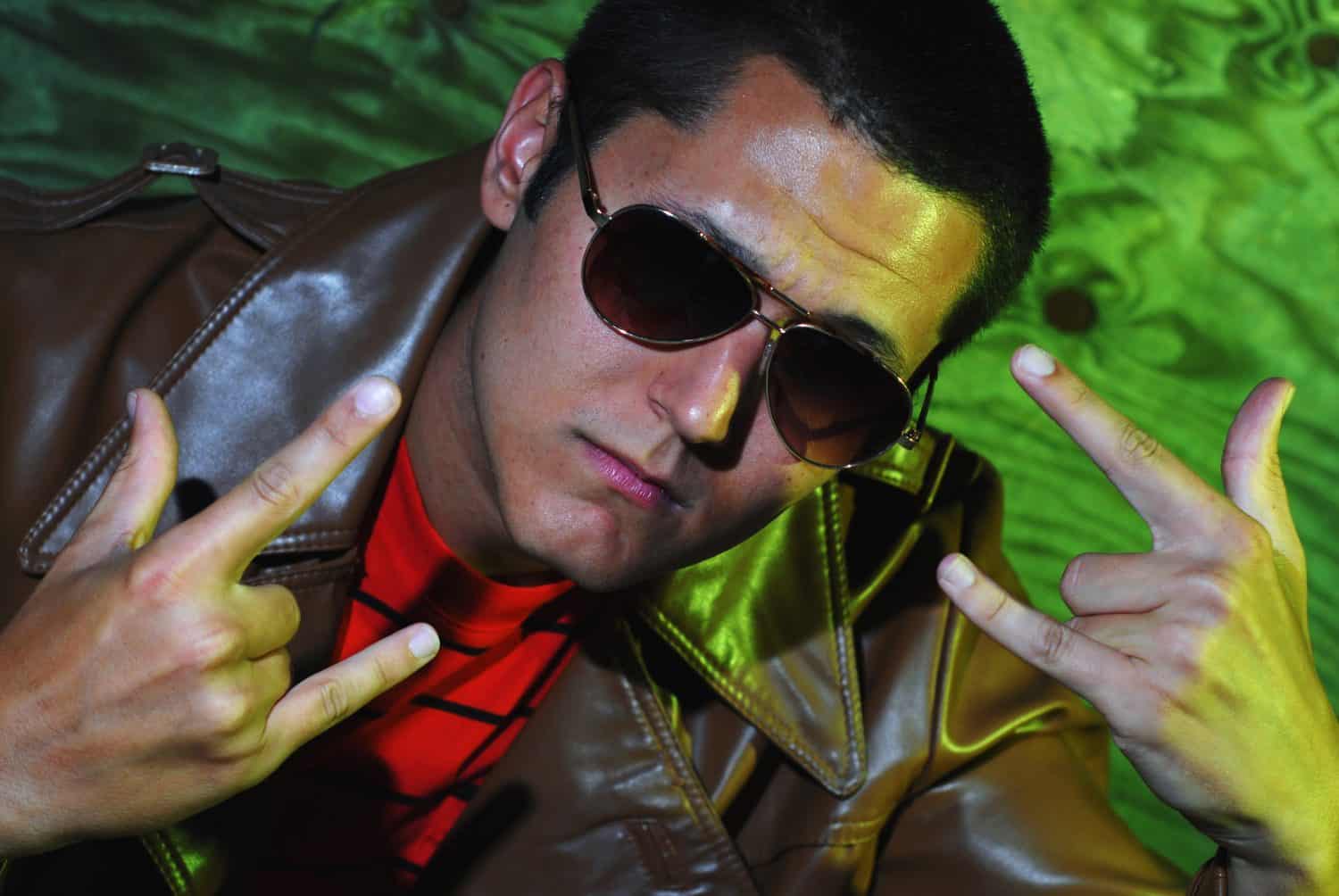
Punk rockers from the 1970s were known for wearing leather jackets. However, while some people wore them, they weren’t accepted by all. They were a sign of rebellion.
Long Hair

Hair was a funny thing during the 1970s. Each hairstyle had a message behind it and could be considered rebellious. Long hair, for instance, was worn at work but was also seen as a symbol of the rebellious hippie movement.
Short Hair
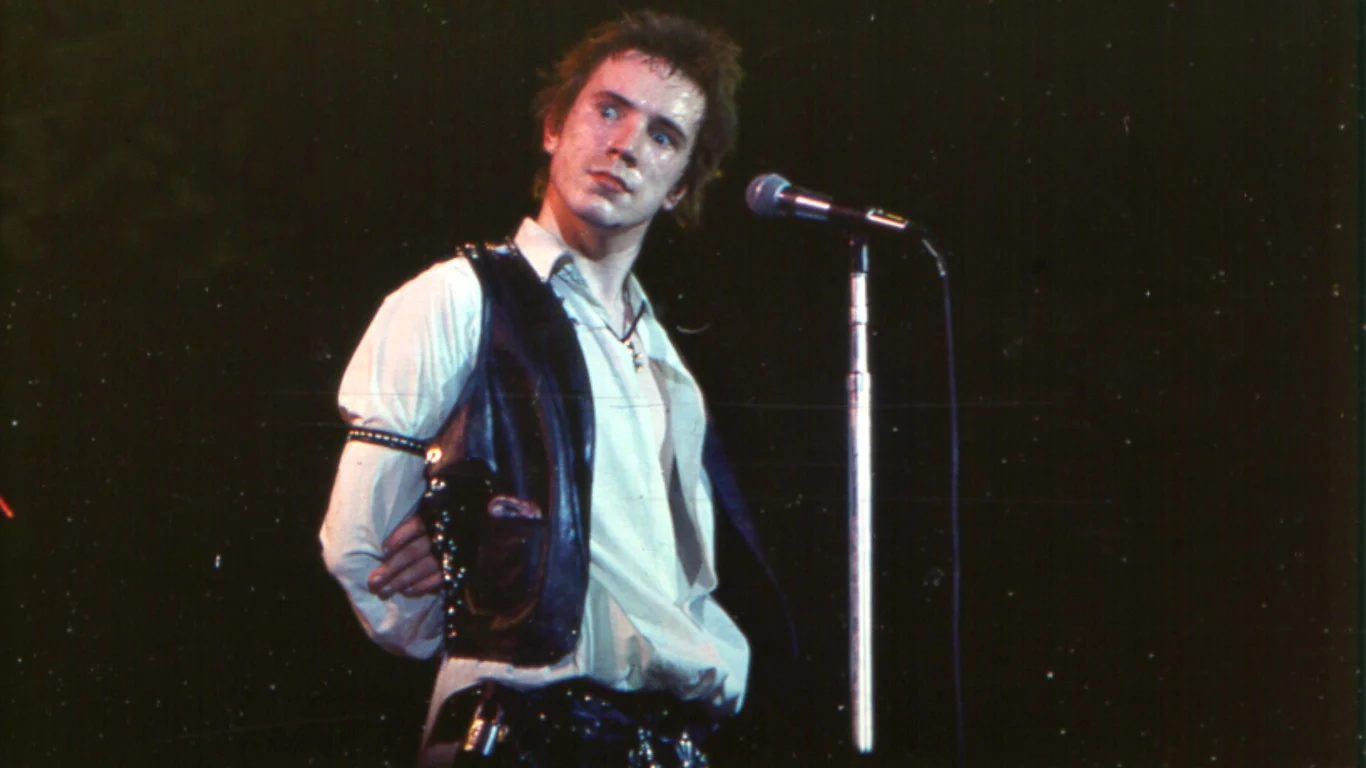
Funnily enough, short hair could also be considered rebellious. This was a way for younger people in the punk scene to rebel against long hair.
Ripped Jeans
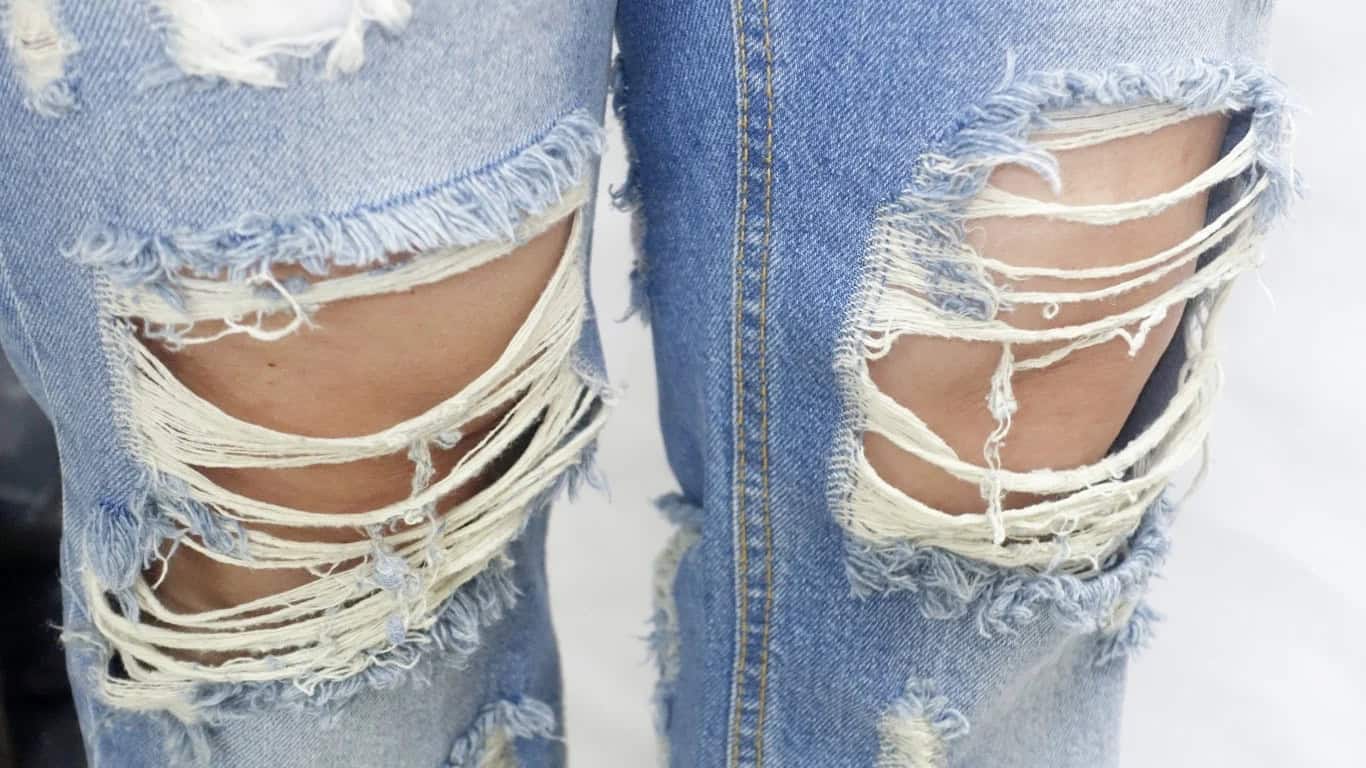
It’s hard to pinpoint what items, fashion, and behaviors were considered rebellious during the 1970s. This is because the 70s was a decade for change and rebellion. So many people were going against the status quo and sometimes this included wearing ripped or worn out jeans.
Piercings
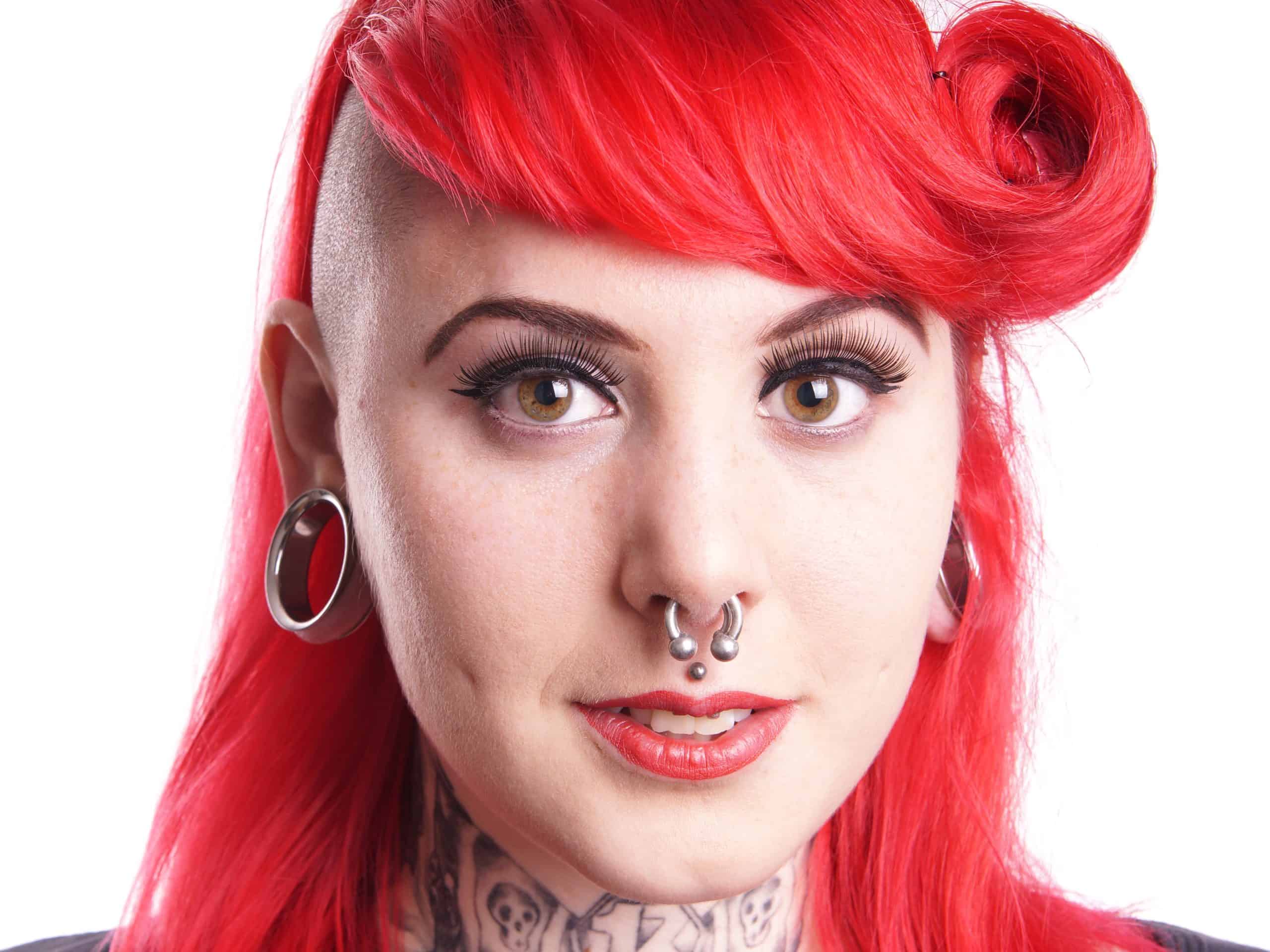
For years, the general public rarely wore piercings other than simple earrings. This began changing starting from the ’60s on. Now, it’s not that strange to see someone with multiple facial piercings. During the ’70s though, piercings and tattoos could cost you your job as many places didn’t allow them.
Vegetarianism

Over 50 years ago, you’d get some strange looks if you didn’t eat meat. Vegetarianism and veganism weren’t the norms, but they were growing in popularity. A lot of people were turning to natural foods and products. Still, the older generations did not approve.
Neon Hair
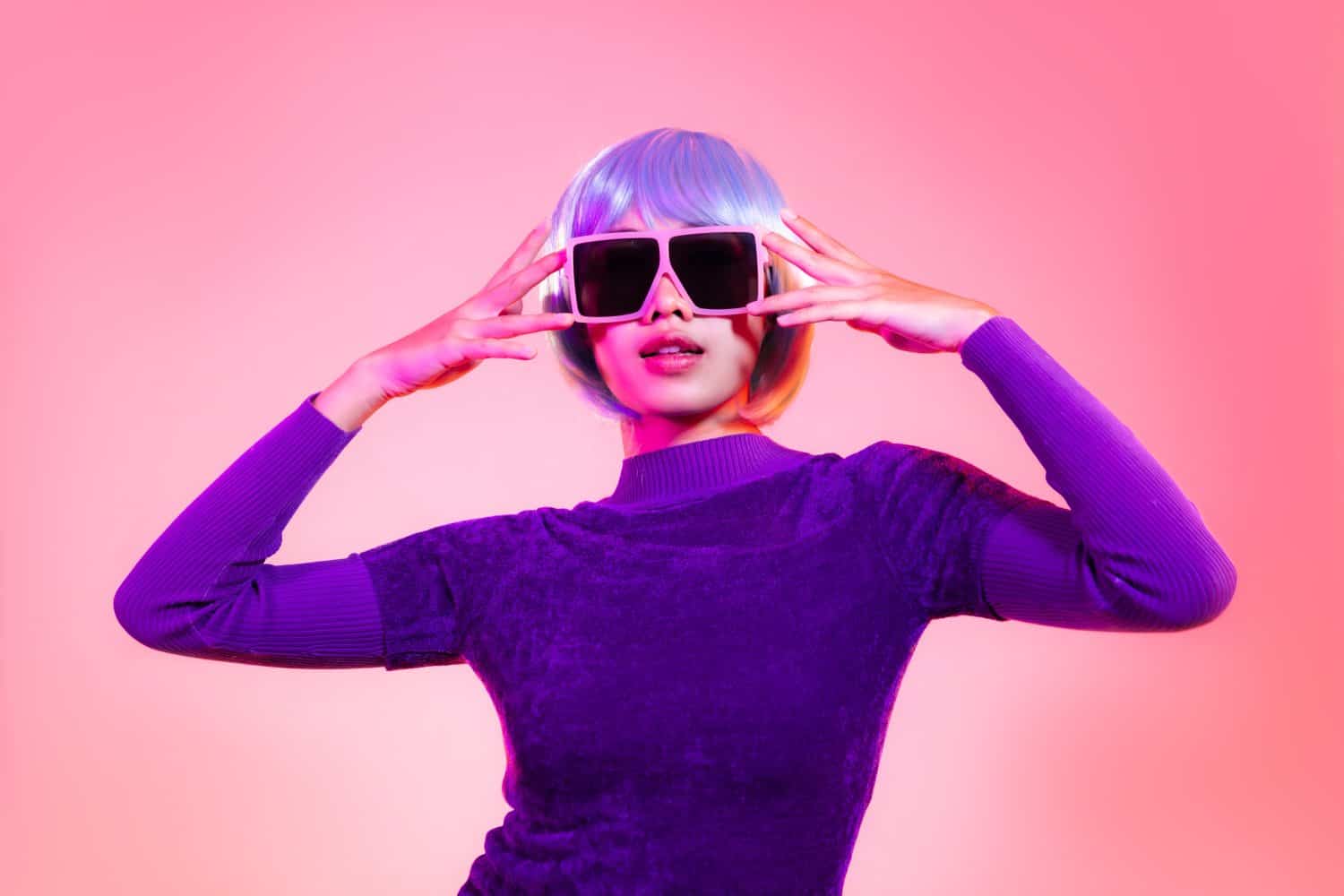
Hair dye was nothing new 50 years ago; however, you would get strange looks sporting bright neon colors. Now, fashion colors are popular and easily accessible. You can buy bright hair dye in most pharmacies and beauty supply stores.
Metal Studs
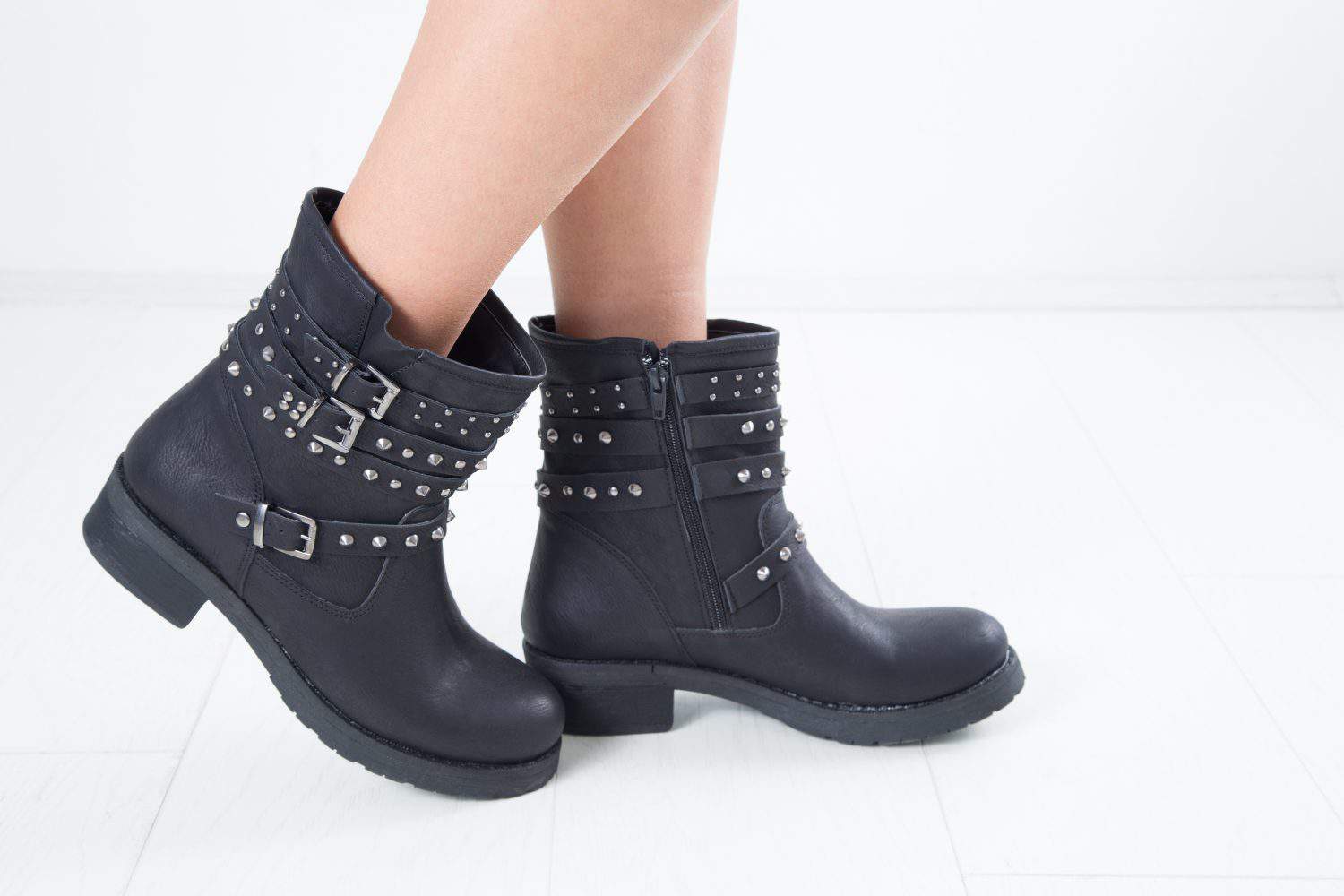
There were so many different styles during the 1970s. If you were part of the rock antiestablishment style/group, you probably wore studs on everything. Metal studs were added to vests, pants, shirts, jackets, wallets, belts, and even shoes.
Women Enrolling in Colleges/Universities

While women were allowed to vote in the United States starting in 1920, they still lacked a lot of rights. College education was almost unheard of for most women before the ’60s and a lot of universities weren’t co-ed. For instance, Yale was one of the first Ivy League institutions to admit women, and this was in 1969.
Tattoos

For a long time, tattoos were seen as rebellious. They had an awful reputation and were once only worn by criminals or soldiers. This was also true during the 1970s, although more people were getting tattoos. Now, it’s hard to imagine tattoos as anything other than a form of expression.
Child-Free

Most women were still housewives during the 1970s, so it’s not surprising that it was considered rebellious not to have children. Still, some men and women decided against having kids during the ’70s.
The Pride Flag
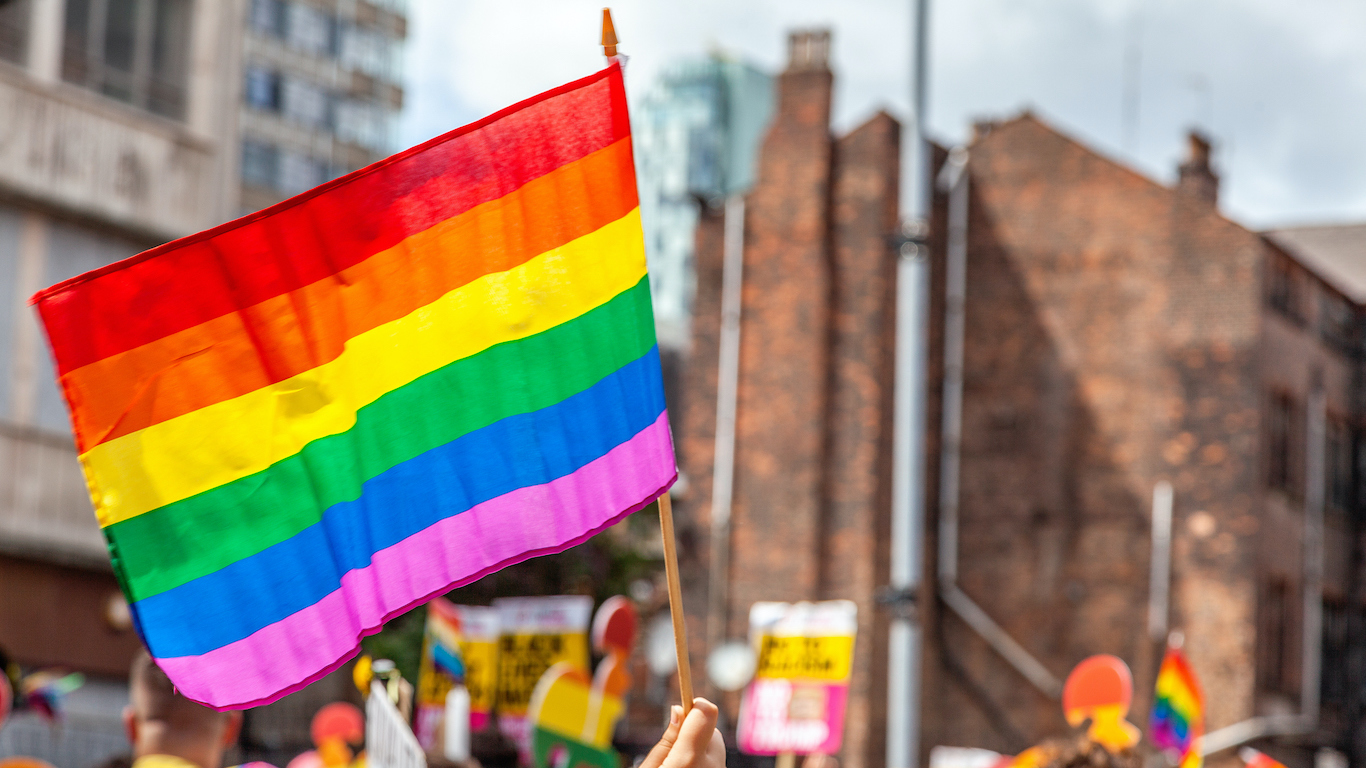
The gay rights movement during the 1970s was still growing. It was almost unheard of for people to be out and proud. There was a lot of stigma behind identifying as LGBTQ+. The pride flag wasn’t even designed until 1978.
Vibrant Colors
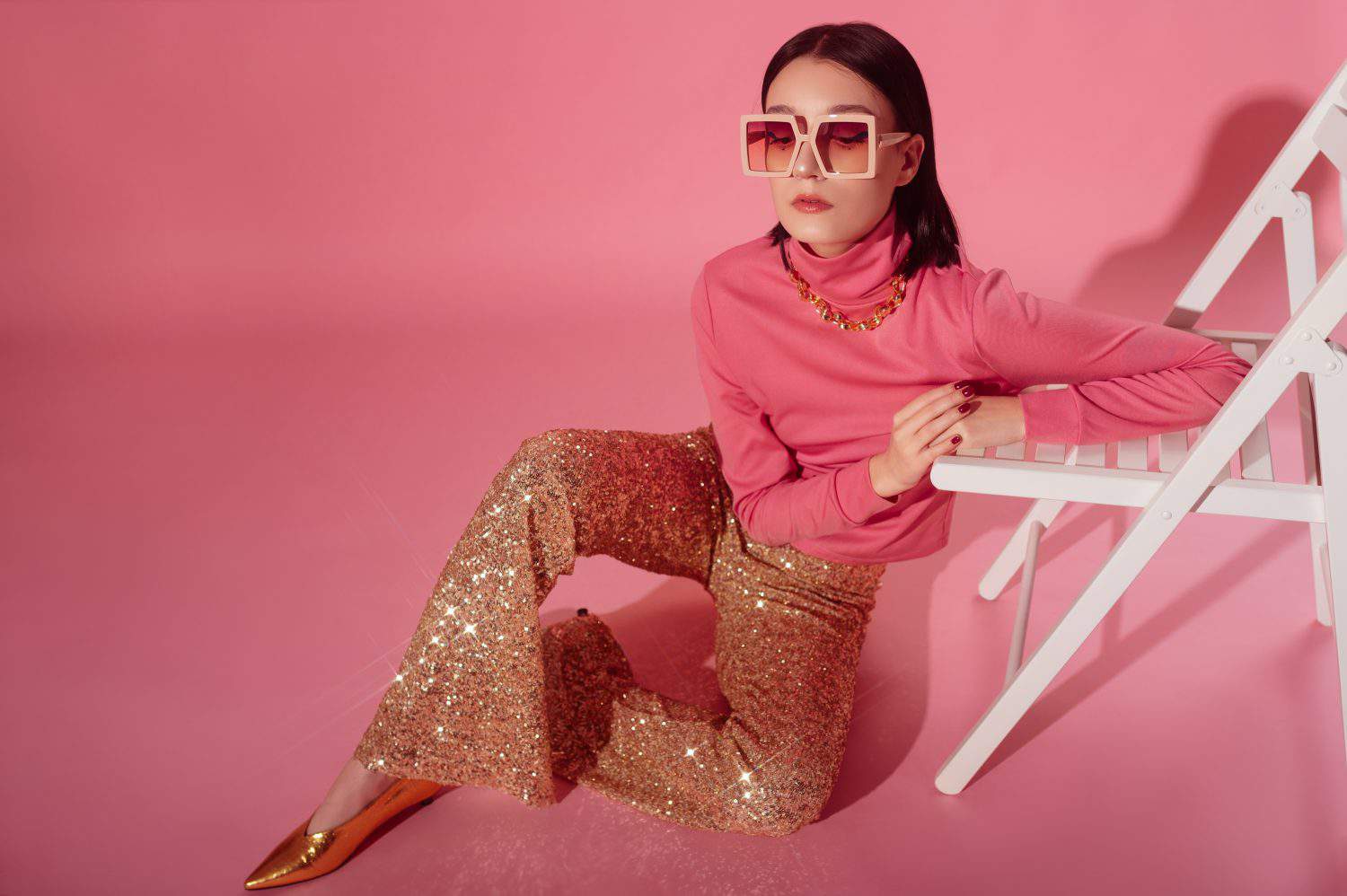
Not everyone wore vibrant colors and bell-bottoms in the 1970s. This was mainly a trend in young people about 50 years ago and was considered rebellious. The colors were a statement. Now, no one would bat an eye at the use of bright-colored clothes.
The Peace Symbol
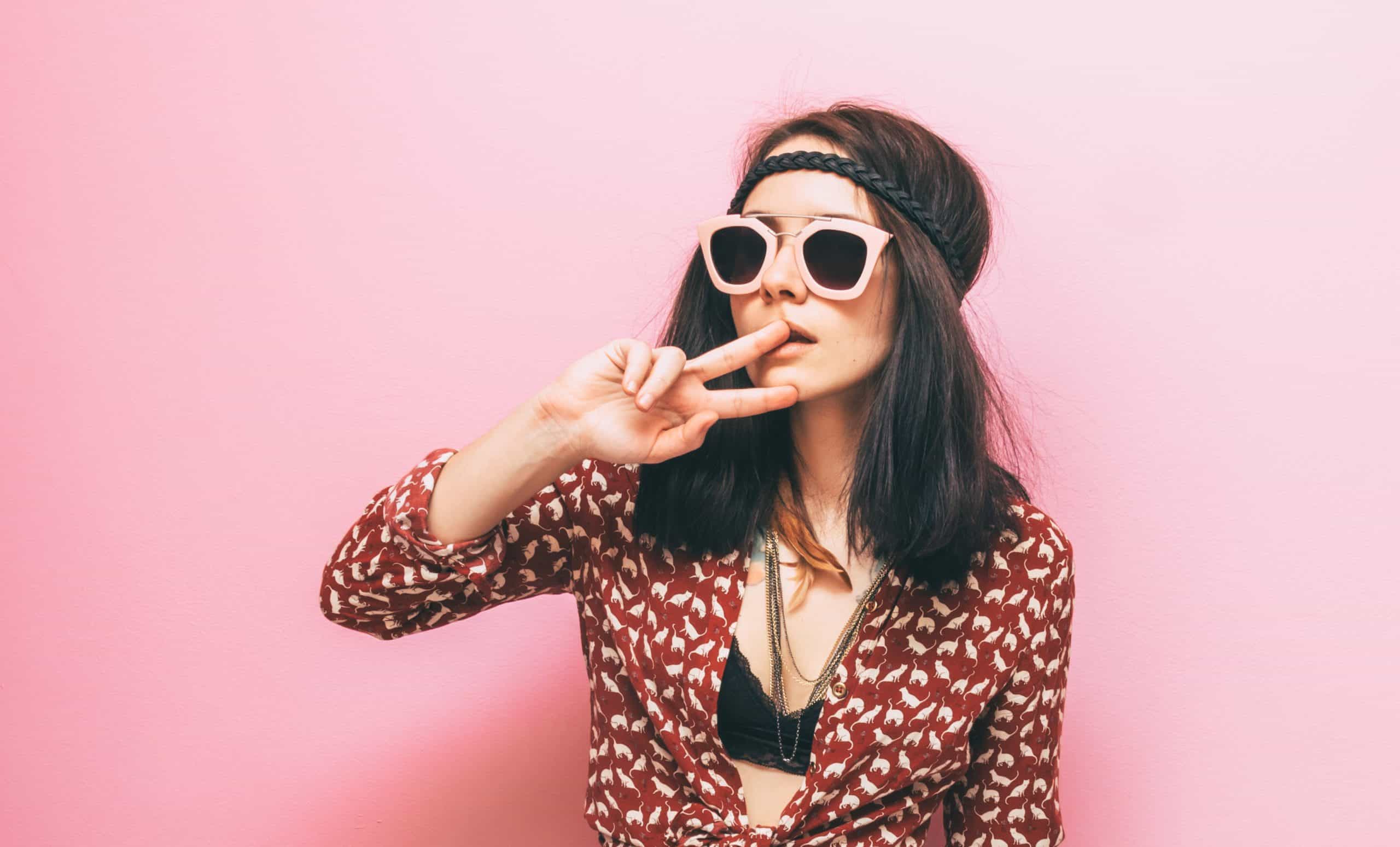
It almost sounds silly to consider that the peace sign about 50 years ago was a rebellious statement. It was worn to protest against war, specifically the Vietnam War.
All Black Clothes
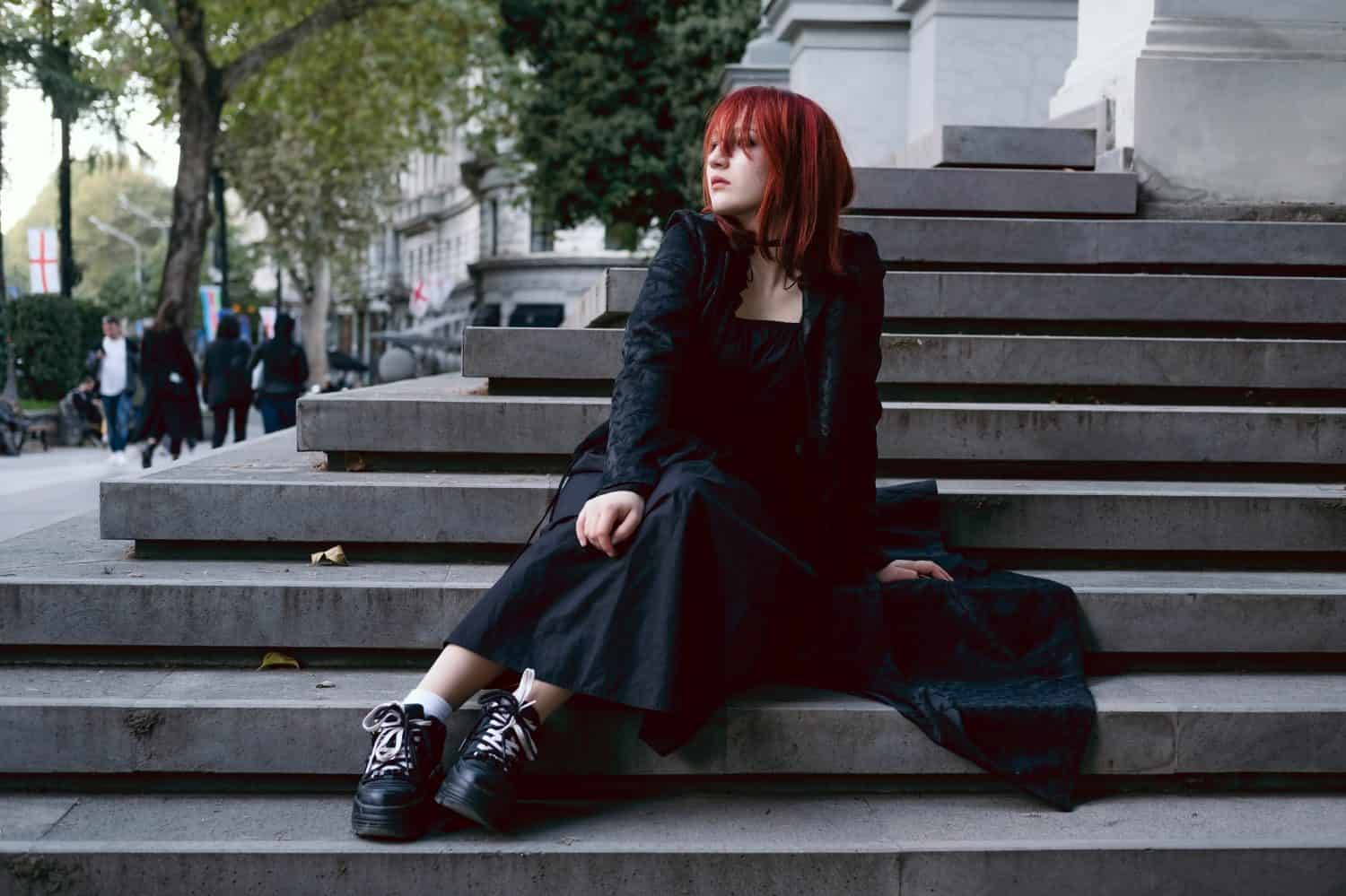
Now when most people see someone wearing all black, they chalk it up to self-expression. However, 50 years ago many people saw that as rebellious and strange. Goth-style clothing started growing in popularity in the late ’70s and through the ’80s.
Big Earrings
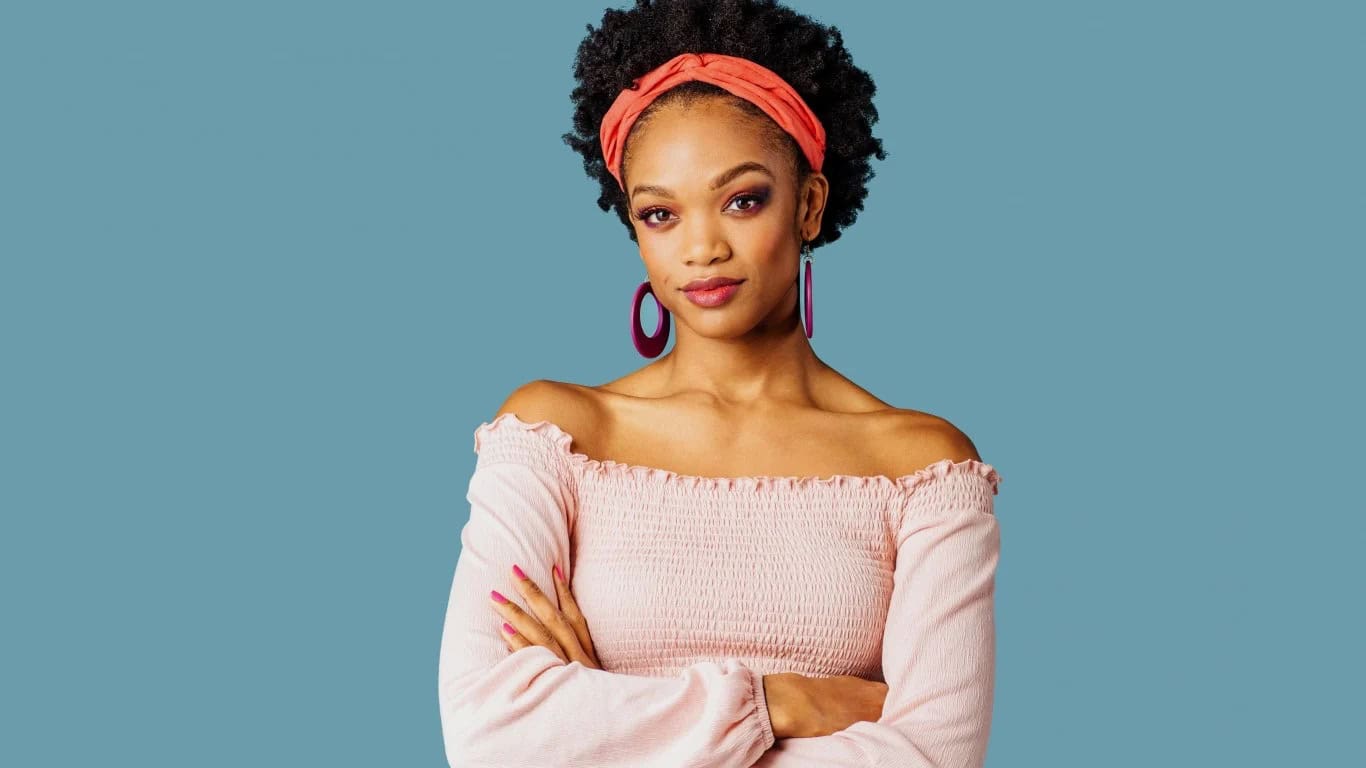
Youth rebelling is nothing new. Even 50 years ago, young adults and teenagers were rebelling against their parents. Large, flashy earrings weren’t super popular until the ’70s. Before this, it was more common to see simple studs or pearls.
Natural Hair

The Afro was a natural style for many Black citizens beginning in the ’60s and into the ’70s and was worn as a cultural and political expression at a time when they were fighting for civil rights.
Halter Tops

There were so many different styles emerging in the 1970s. You had punk, disco, and hippie. A popular piece within the youthful disco style was halter tops. They were easy to move in and a perfect top to wear for a night out.
DIY-Fashion
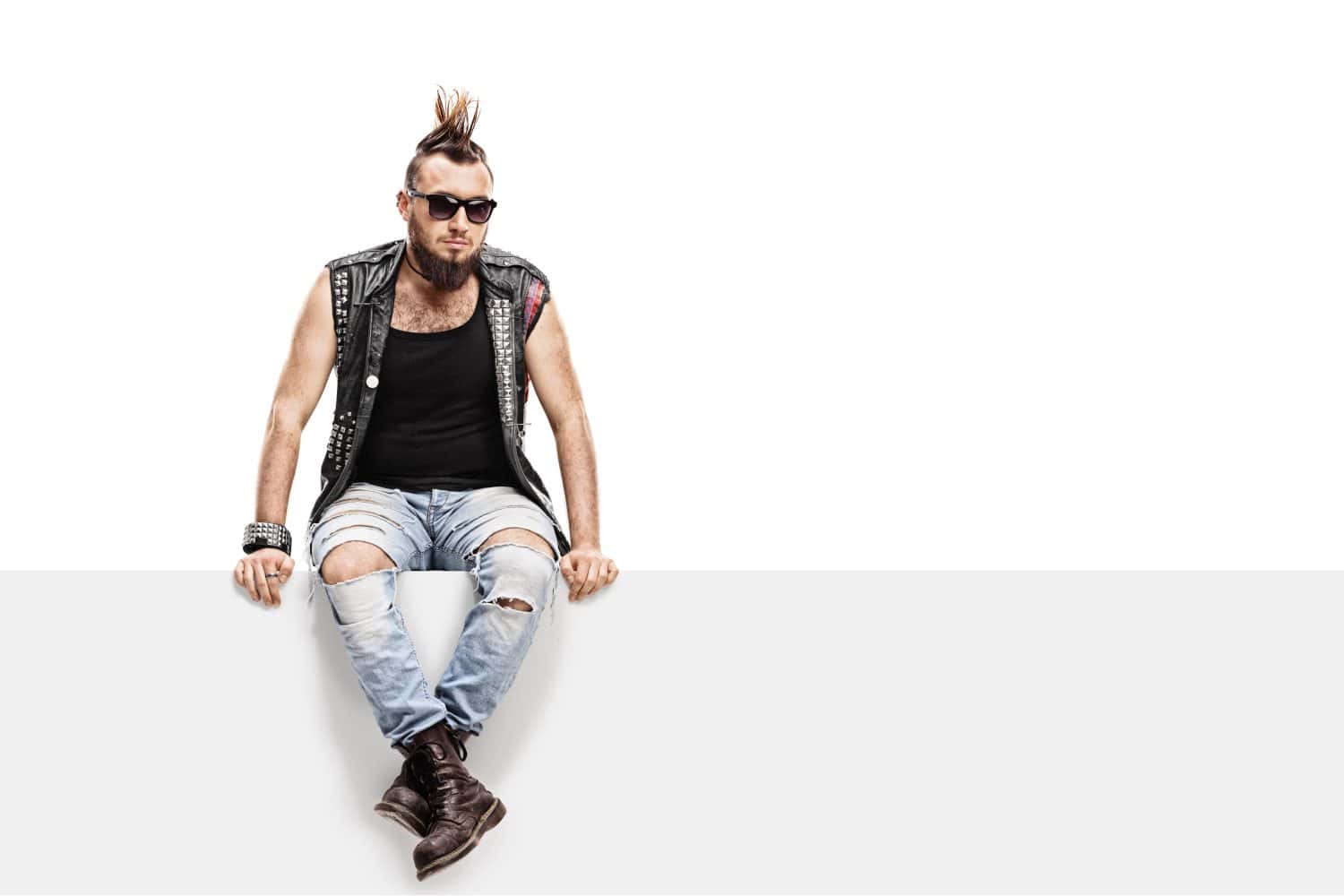
It wasn’t uncommon 50 years ago to see young people wearing bold outfits they made themselves. This was especially popular in the punk movement. It was a statement against popular fashion.
‘Dungeons & Dragons’
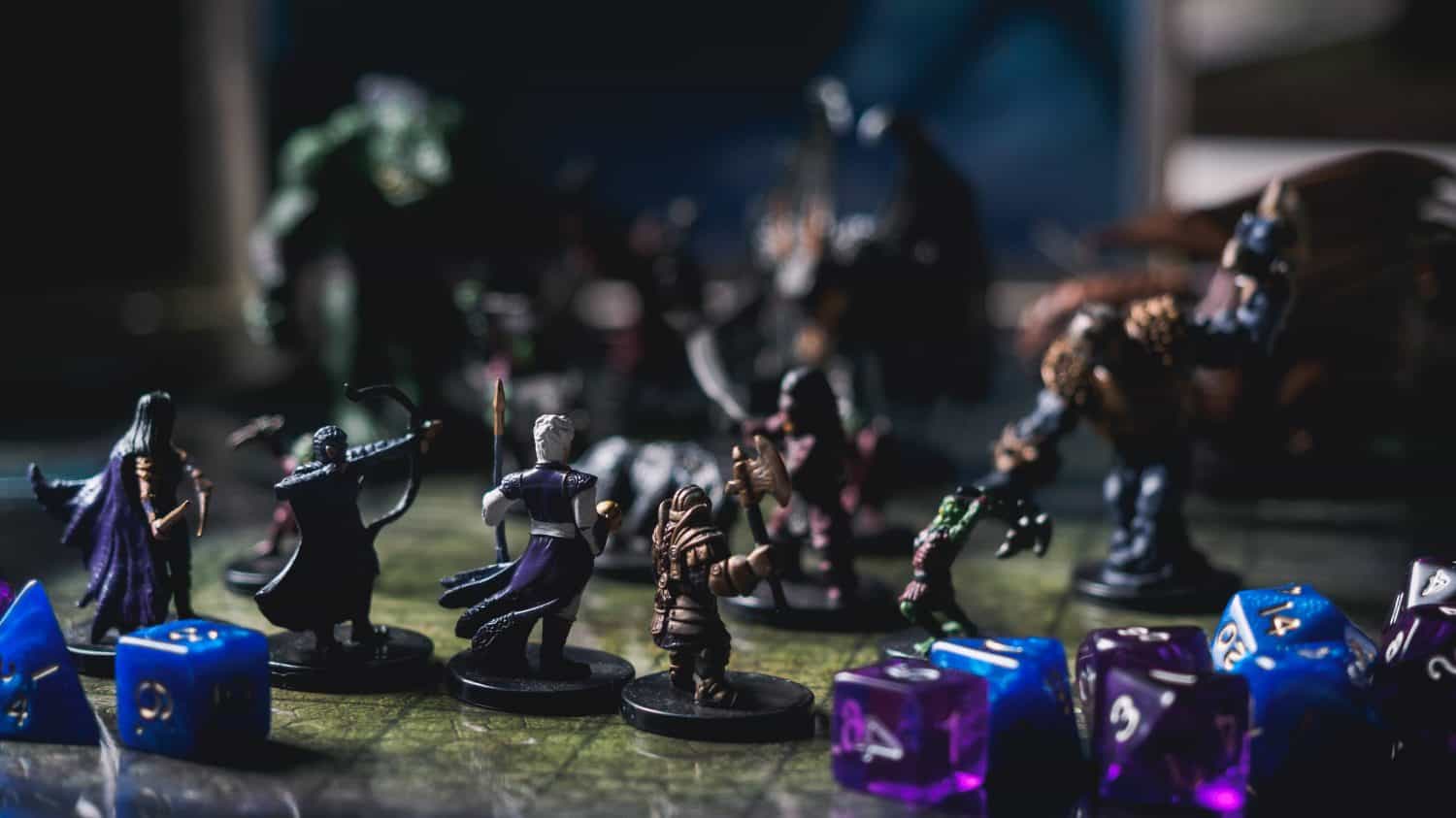
While “Dungeons & Dragons” was more popular and loved in the ’80s, it was considered strange or rebellious in the previous decade. Now, people of all ages play “Dungeons & Dragons” without judgment.
Therapy/Mental Health Awareness

Mental health awareness has come a long way. Even 50 years ago it was considered a taboo topic. Not a lot of people talked about their struggles or received help.
Secondhand Shopping
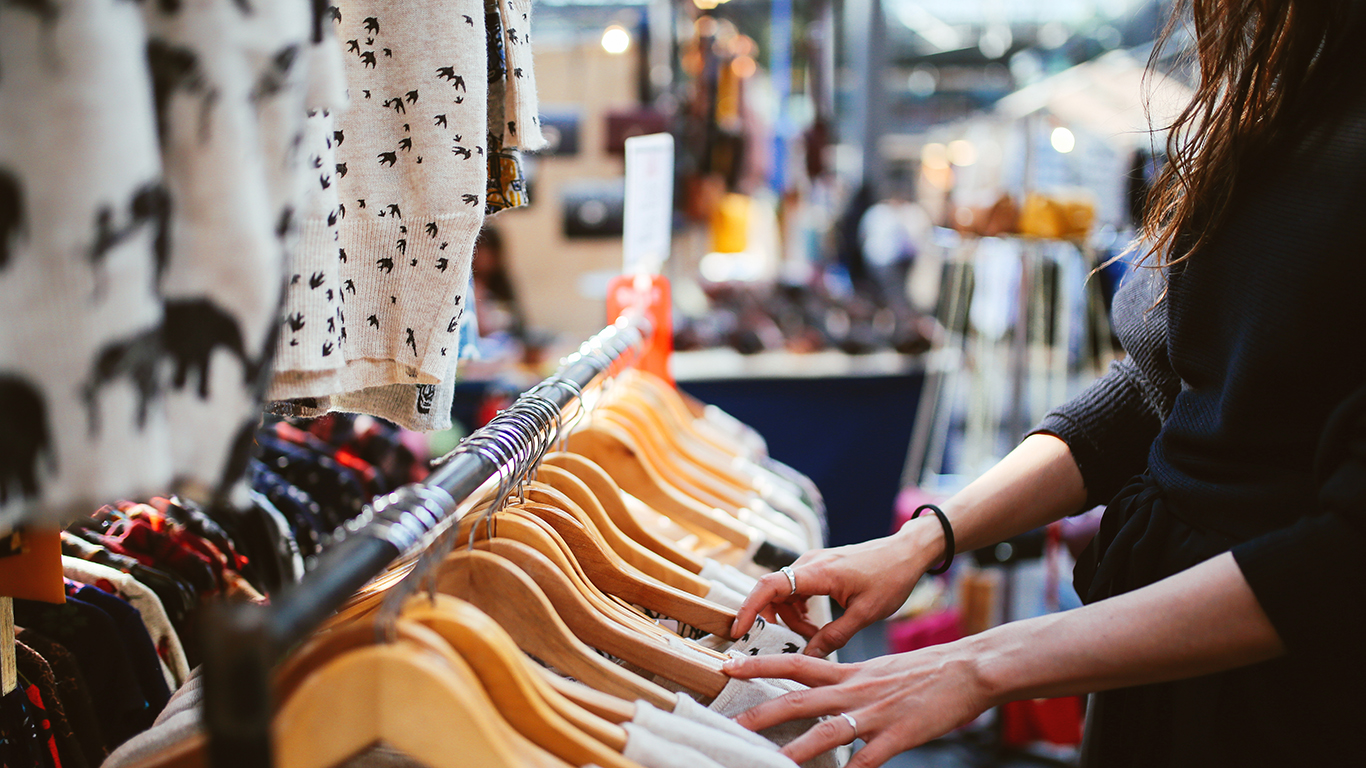
This ties in with DIY fashion. Buying from thrift stores grew in popularity about 50 years ago. This is when people were distressing and ripping their jeans and dying clothes to make a statement. Many people within the hippie movement bought secondhand items to help the environment.
Distinctive Patterns
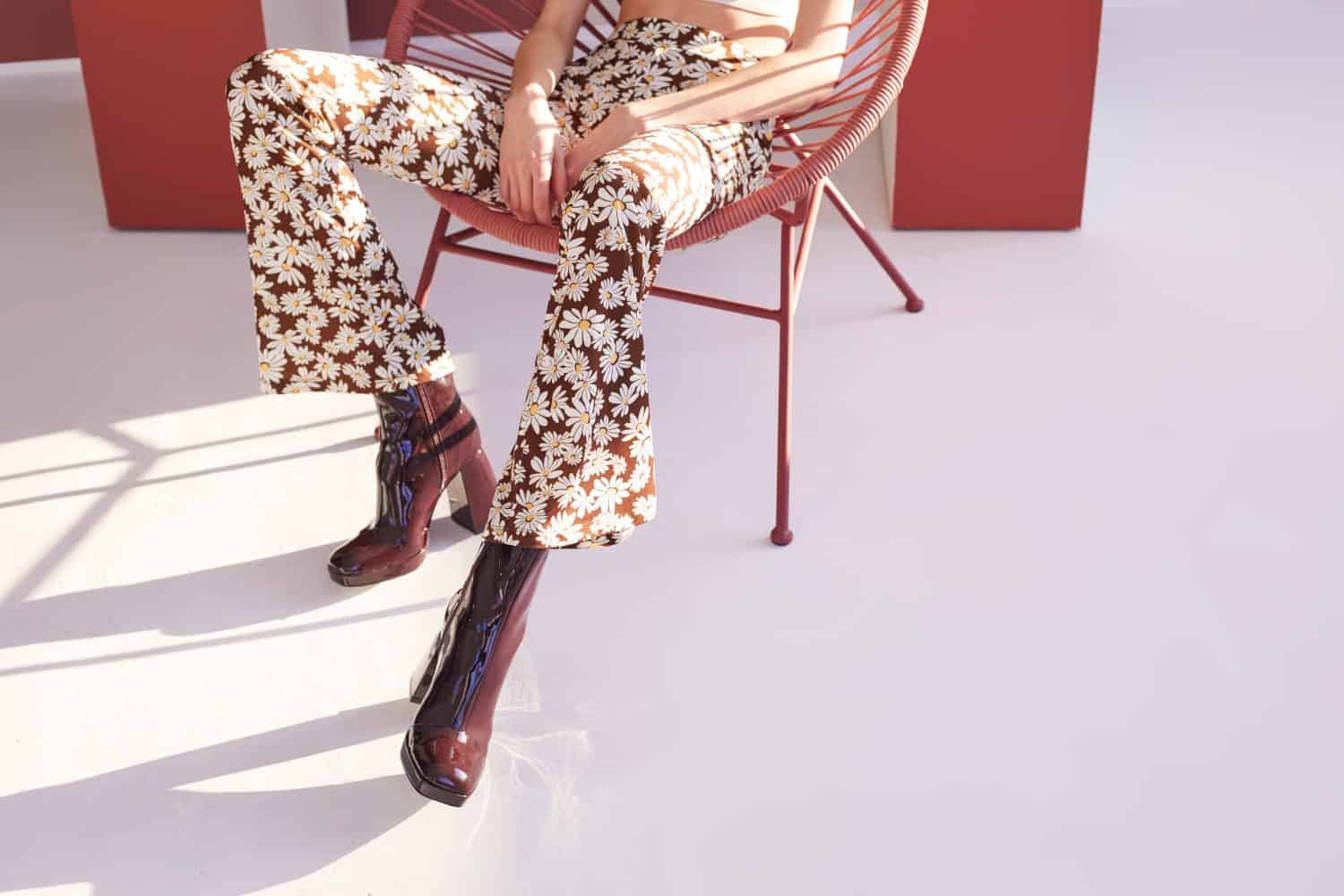
Young people of the 1970s weren’t afraid to use color, flare, and patterns. So many shirts, shoes, and pants were decorated in intricate and unique patterns. This was a huge difference from the delicate solid colors of the past.
Combat Shoes
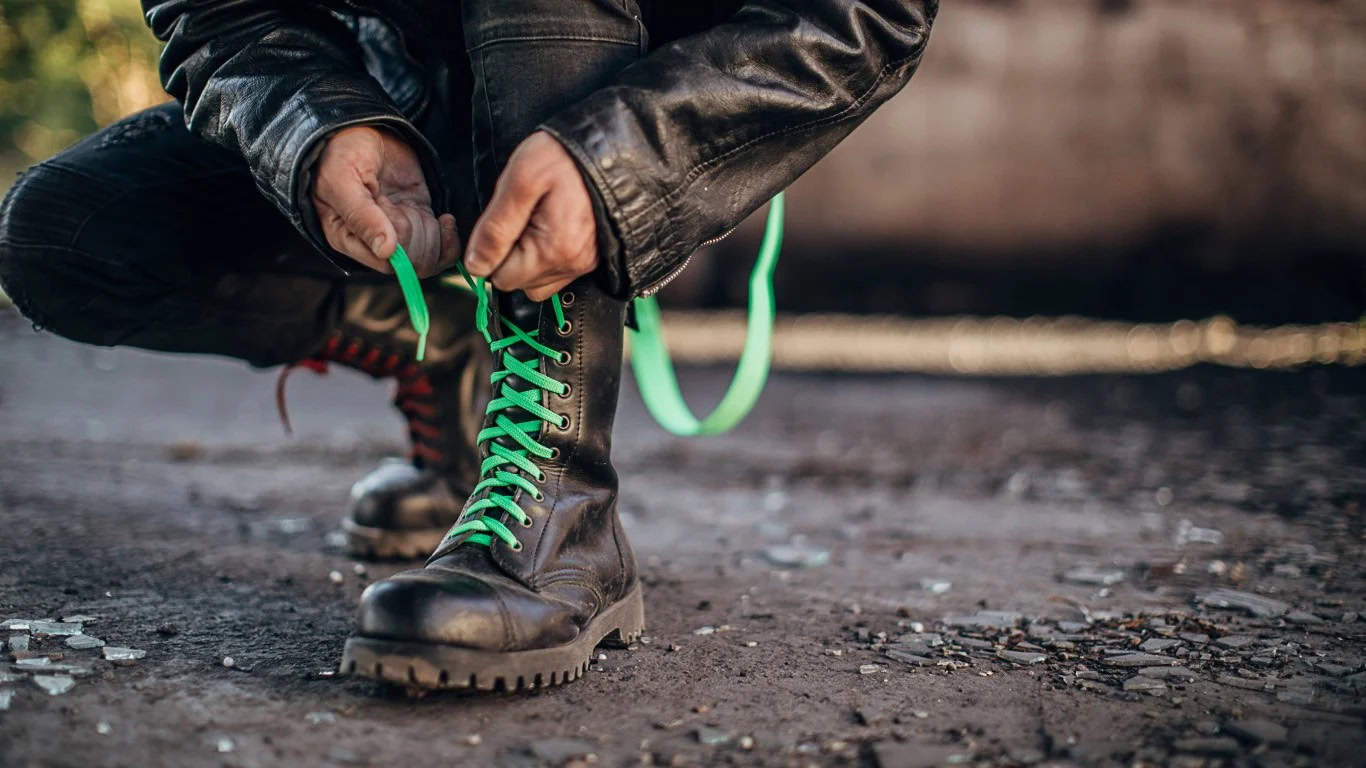
Something common in the punk movement was the use of combat boots. This was a way to rebel against war. Even now, people who dress gothic or punk wear combat boots.
Long, Flowy Skirts
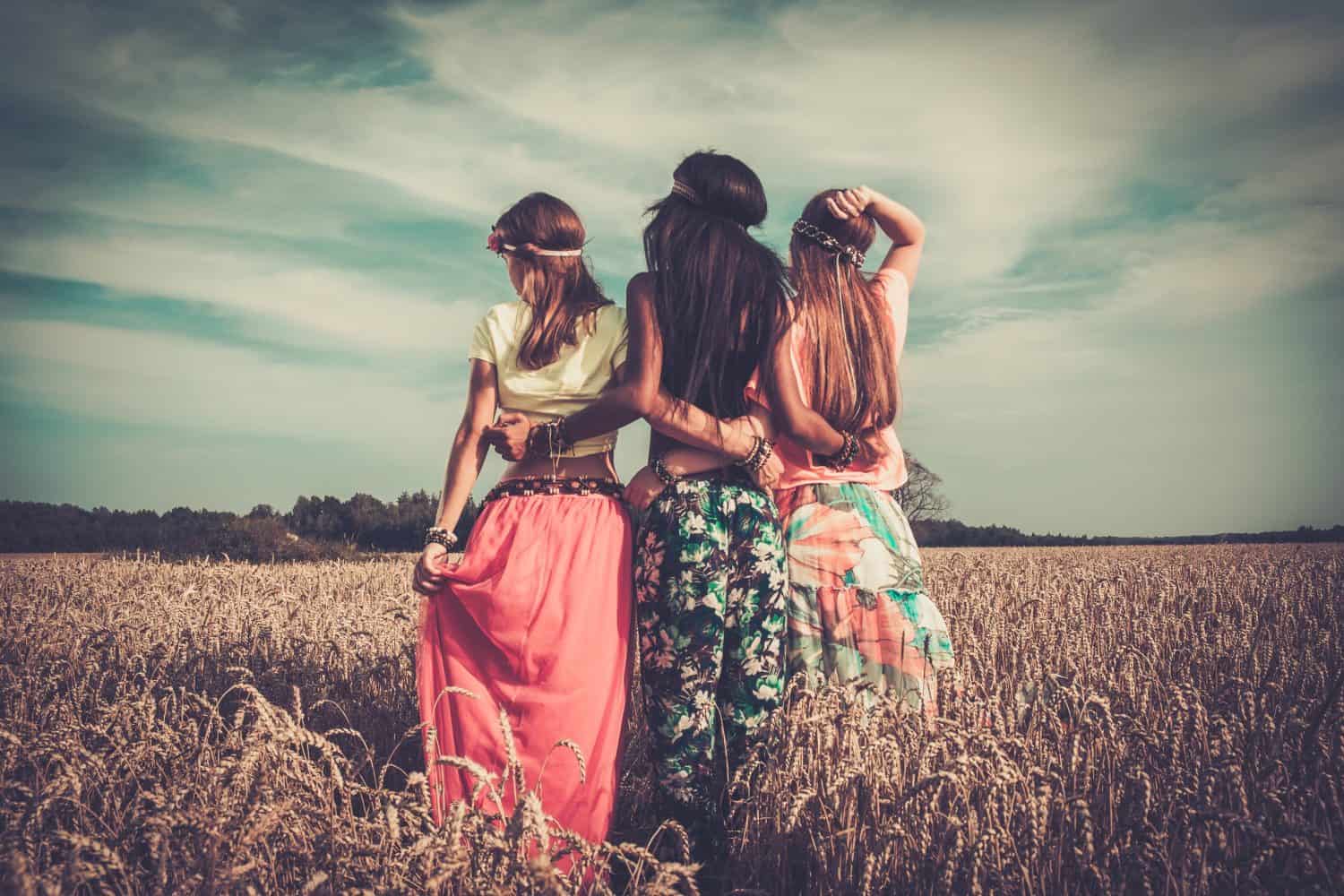
Fashion in the 1970s was wacky and wild. Depending on your clique, your whole outfit could be different. In the hippie movement, many young women wore long, flowy skirts with either halter or peasant tops. It was considered a statement piece because of its simplicity.
Mini-Skirts
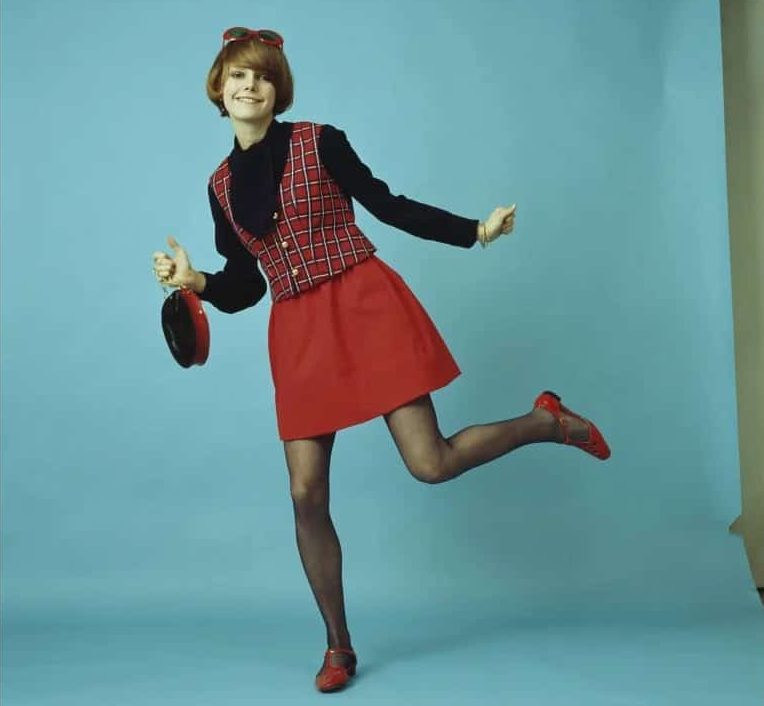
It’s funny to think that during the same decade, people wore long and flowy skirts and short mini skirts. Fifty years ago, women were more free. They had the ability to choose their clothes, which resulted in showing more skin comfortably. Still, it was seen as rebellious by the older generations.
Saying No to Cigarettes

It’s funny just how fast things change. In the 1970s, it was almost considered rude if you refused a cigarette. Smoking was super common, so saying no could be seen as an act of rebellion.
Crop Tops/Knotting Shirts
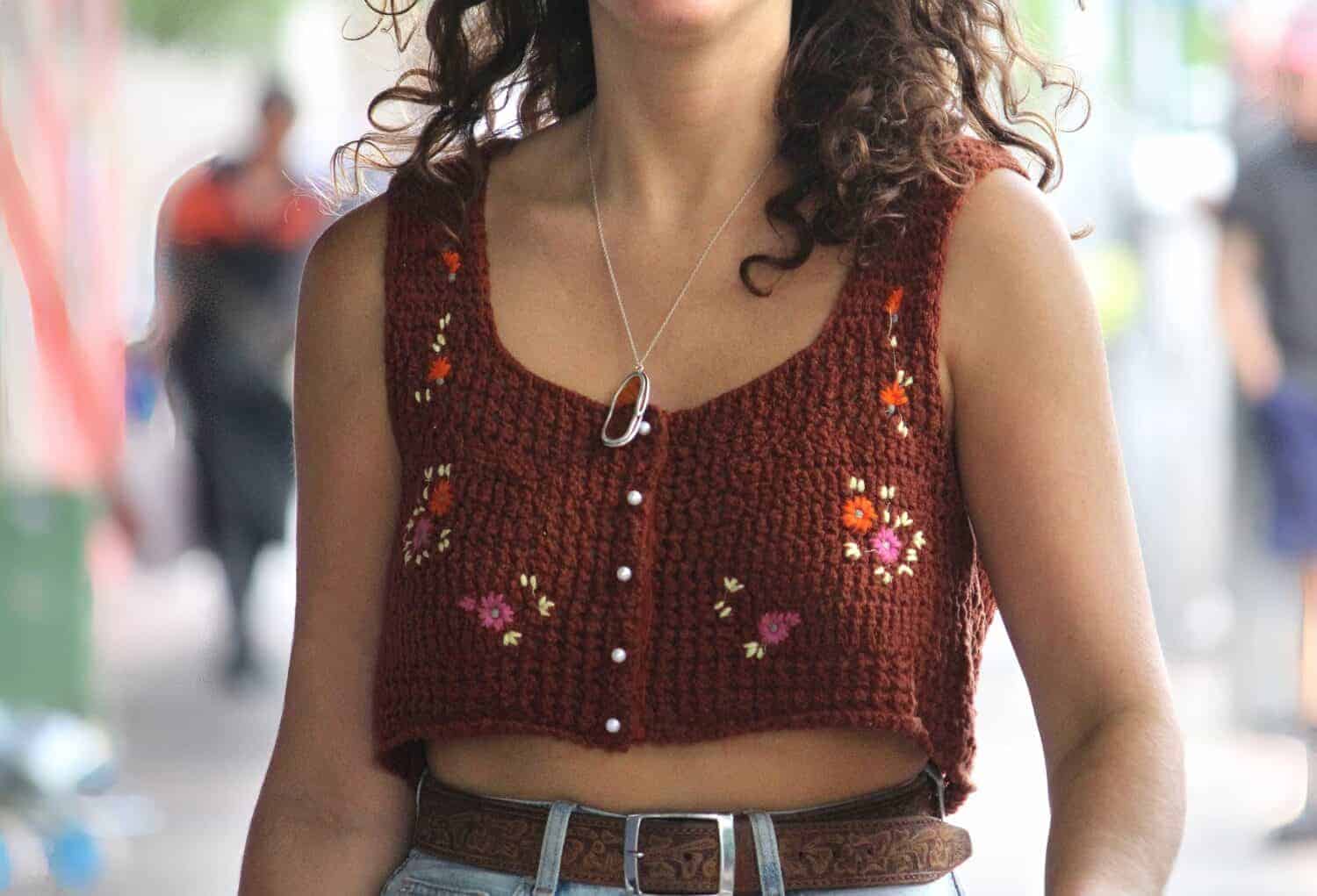
Last but not least are crop tops and knotted/tied shirts. This was a common look for youth in the ’70s. Either they cropped the shirts themselves or tied them in the front or back. It was a big difference compared to what their parents wore when they were their age. (Check out these fashion trends from the 1970s that should make a comeback.)